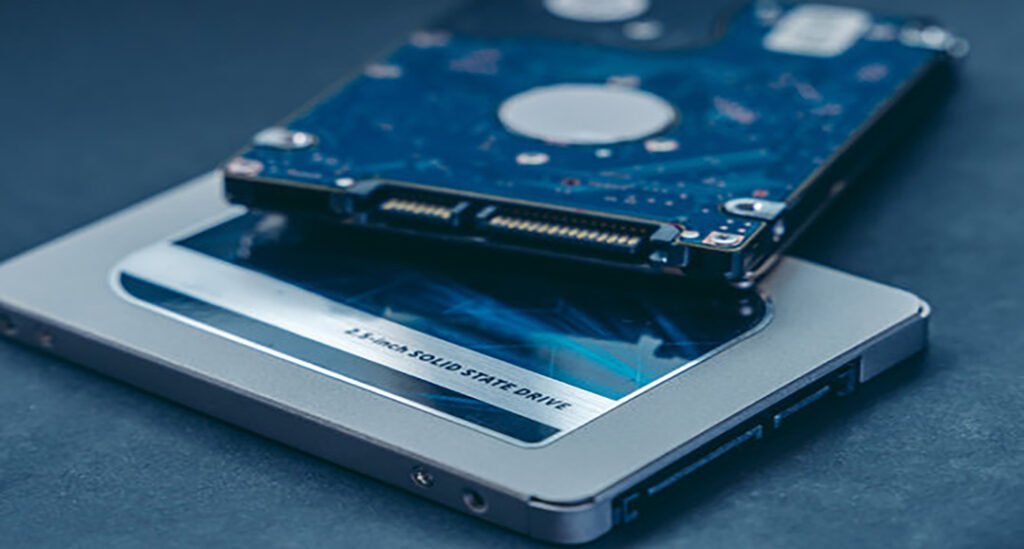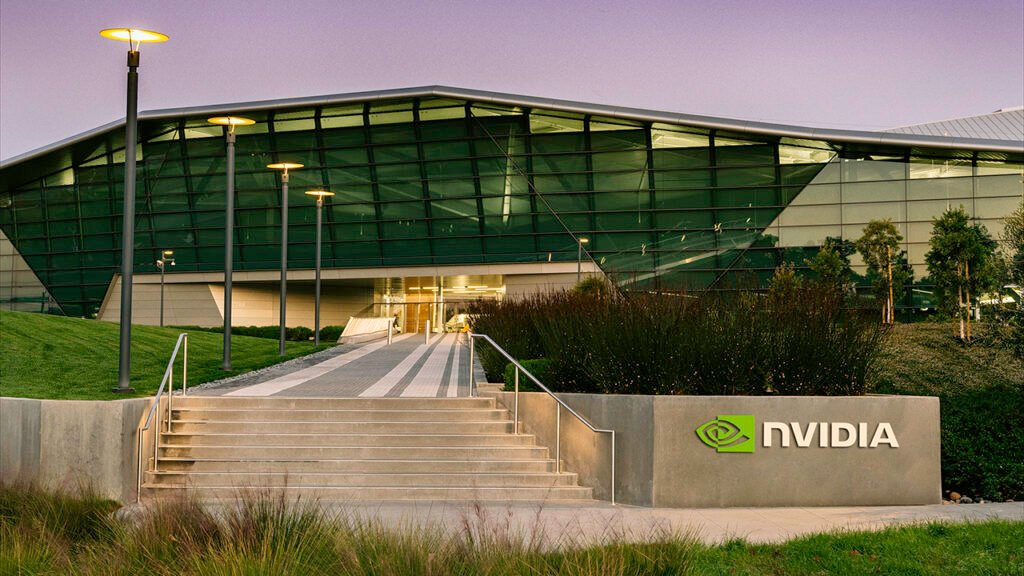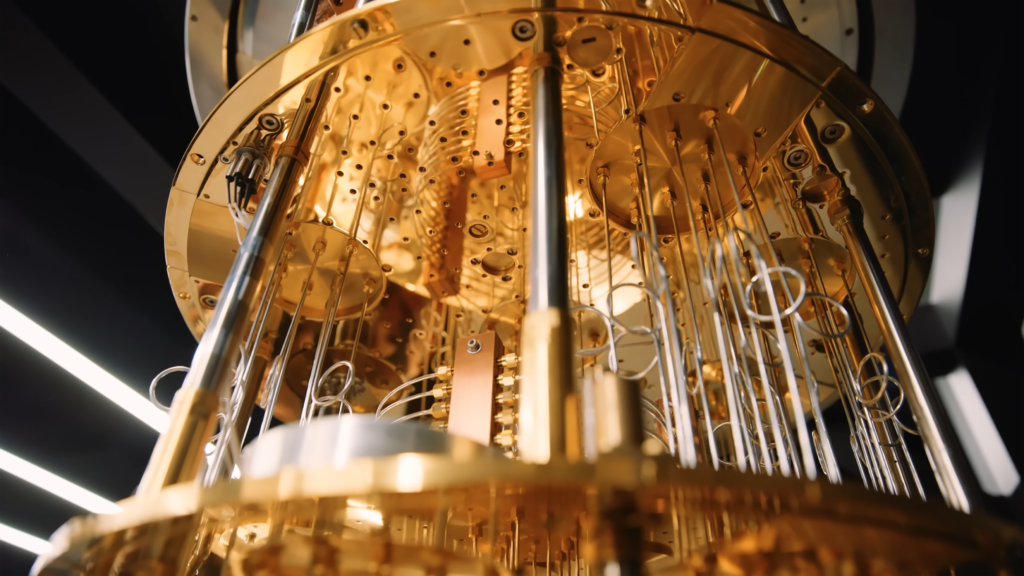Types of NVMe SSDs
NVMe SSDs come in various types, each catering to different use cases and system compatibility requirements. Here are the main types:
M.2 NVMe SSDs: These compact SSDs are typically used in laptops, gaming PCs, and small form factor computers. They come in different sizes, such as 2230, 2242, 2260, and 2280, based on their dimensions.
U.2 NVMe SSDs: With a similar form factor to traditional SATA SSDs, U.2 NVMe drives are designed for enterprise and high-capacity storage applications. They offer high-speed performance and hot-swap capabilities.
PCIe NVMe SSDs: These drives plug directly into the PCIe slot on the motherboard and provide exceptional performance for desktop systems. They may require additional cooling solutions due to their high-speed operation.
AIC (Add-In Card) NVMe SSDs: Add-in cards are larger than other NVMe SSD types and require an open PCIe slot on the motherboard. They often come with additional features such as RAID support and enhanced cooling systems.
M.2 NVMe SSDs: An Overview
What is an M.2 NVMe SSD?
M.2 NVMe SSDs are a type of solid-state drive (SSD) that offer high-speed data transfer rates and improved performance over traditional hard drives and SATA SSDs. They connect to your computer via an M.2 slot on your motherboard and use the PCIe (Peripheral Component Interconnect Express) interface for data transfer.
Key Features of M.2 NVMe SSDs
Compact Size: M.2 NVMe SSDs are compact and perfect for laptops and small form factor PCs.
High Speed: They offer faster data transfer rates compared to SATA SSDs, which can significantly improve system performance.
Different Sizes: They come in different sizes, such as 2230, 2242, 2260, and 2280, based on their dimensions.
Improved Performance: They can reduce system boot times and load games and applications faster.
Best M.2 NVMe SSDs
Based on various reviews and tests, here are some of the best M.2 NVMe SSDs you can buy in 2024:
Best Overall M.2 SSD for Most Users: Crucial P3
Best PCI Express 4.0 M.2 SSD for Most Users: WD Black SN850X
Best PCI Express 5.0 M.2 SSD for Most Users: Corsair MP700 Pro
Best Budget PCI Express 3.0 M.2 SSD: WD Blue SN570
Best Budget PCI Express 4.0 M.2 SSD: Addlink AddGame A93
Best High-Capacity PCI Express 4.0 SSD: Lexar NM790
Best Heatsink-Equipped PCI Express 4.0 M.2 SSD: Crucial T500
Best PCI Express 4.0 M.2 SSD for Creative Users: Samsung SSD 990 Pro With Heatsink
Best PCI Express 4.0 M.2 SSD for Serious Gamers: SK Hynix Platinum P41
Best M.2 SSD for PC Modders: ADATA XPG Spectrix S40G
M.2 NVMe SSDs Conclusion
M.2 NVMe SSDs offer a significant performance boost over traditional hard drives and SATA SSDs. They are an excellent choice for users looking to upgrade their storage solution for improved system performance.
U.2 NVMe SSDs: An Overview
What is a U.2 NVMe SSD?
U.2 NVMe SSDs are a type of solid-state drive (SSD) that offer high-speed data transfer rates and improved performance over traditional hard drives and SATA SSDs. They connect to your computer via a U.2 connector and use the PCIe (Peripheral Component Interconnect Express) interface for data transfer.
Key Features of U.2 NVMe SSDs
Form Factor: U.2 SSDs look like a 2.5” drive but are a bit thicker. They use a different connector and send data through the PCIe interface.
High Speed: They offer faster data transfer rates compared to SATA SSDs, which can significantly improve system performance.
Enterprise Use: U.2 SSD technology is typically reserved for high-end workstations, servers, and enterprise applications that need greater storage.
Hot-Swappable: U.2 drives have the advantage of being externally swappable in enclosures, making them ideal for IT and creative professionals where only the best will do.
U.2 vs M.2
While NVMe U.2 and M.2 drives will perform very similarly, U.2 drives have the advantage of being available in larger capacities that are easier to handle. These advantages make them ideal for IT and creative professionals where only the best will do.
U.2 NVMe SSDs Conclusion
U.2 NVMe SSDs offer a significant performance boost over traditional hard drives and SATA SSDs. They are an excellent choice for users looking to upgrade their storage solution for improved system performance.
PCIe NVMe SSDs: An Overview
What is a PCIe NVMe SSD?
PCIe NVMe SSDs are a type of solid-state drive (SSD) that offer high-speed data transfer rates and improved performance over traditional hard drives and SATA SSDs. They connect to your computer via a PCIe (Peripheral Component Interconnect Express) slot on your motherboard and use the NVMe (Non-Volatile Memory Express) protocol for data transfer.
Advantages of PCIe NVMe SSDs
High-Speed Performance: PCIe NVMe SSDs deliver superior read and write speeds compared to SATA SSDs. They can significantly improve the performance of high-demand applications and games.
Efficiency: NVMe drives are more efficient, making them an energy-efficient choice.
Longer Lifespan: NVMe drives have a longer lifespan due to their non-volatile memory nature.
Smaller Form Factor: NVMe SSDs have a smaller form factor, which can save space in your computer.
High I/O Operations: NVMe SSDs can handle a high number of input/output operations per second.
Disadvantages of PCIe NVMe SSDs
Higher Price: NVMe SSDs are generally more expensive than traditional SATA drives.
Compatibility Issues: Older systems may not support NVMe SSDs, limiting their compatibility.
Overheating Issues: The faster speeds of NVMe drives can lead to overheating issues.
Installation Difficulty: Installing NVMe SSDs can be more complex compared to SATA SSDs.
Best PCIe NVMe SSDs
Based on various reviews and tests, here are some of the best PCIe NVMe SSDs you can buy in 2024:
Best Overall PCIe 5.0 NVMe SSD for Most Users: Crucial T700
Best Overall PCIe 4.0 NVMe SSD for Most Users: WD Black SN850X
Best Overall PCIe 3.0 NVMe SSD for Most Users: Crucial P3
Best PCIe 4.0 NVMe SSD for Serious Gamers: SK Hynix Platinum P41
Best Budget PCIe 4.0 NVMe SSD: HP FX900
Best PCIe 4.0 NVMe SSD With a Heatsink: Samsung SSD 990 Pro
Best High-Capacity PCIe 4.0 NVMe SSD: Lexar NM790
Best Budget PCIe 3.0 NVMe SSD: WD Blue SN570
Best PCIe NVMe SSD for PC Modders: ADATA XPG Spectrix S40G
Comparison with U.2 NVMe SSDs
U.2 NVMe SSDs, like PCIe NVMe SSDs, offer high-speed data transfer rates and improved performance over traditional hard drives and SATA SSDs. However, there are some key differences between the two:
Form Factor: U.2 SSDs look like a 2.5” drive but are a bit thicker6. They use a different connector and send data through the PCIe interface. On the other hand, PCIe NVMe SSDs plug directly into the PCIe slot on the motherboard.
Enterprise Use: U.2 SSD technology is typically reserved for high-end workstations, servers, and enterprise applications that need greater storage. PCIe NVMe SSDs are more commonly used in consumer desktop and laptop computers.
Hot-Swappable: U.2 drives have the advantage of being externally swappable in enclosures, making them ideal for IT and creative professionals where only the best will do. This feature is not typically available with PCIe NVMe SSDs.
PCIe NVMe SSDs Conclusion
Both PCIe NVMe SSDs and U.2 NVMe SSDs offer significant performance boosts over traditional hard drives and SATA SSDs. They are excellent choices for users looking to upgrade their storage solution for improved system performance. However, their higher price points and potential compatibility and overheating issues cannot be overlooked. When considering a PCIe NVMe SSD or a U.2 NVMe SSD, weigh these pros and cons carefully to ensure it’s the right fit for your system and needs.
AIC (Add-In Card) NVMe SSDs: An Overview
What is an AIC NVMe SSD?
AIC (Add-In Card) NVMe SSDs are a type of solid-state drive (SSD) that offer high-speed data transfer rates and improved performance over traditional hard drives and SATA SSDs. They connect to your computer via an open PCIe slot on the motherboard. They often come with additional features such as RAID support and enhanced cooling systems.
Advantages of AIC NVMe SSDs
Large Storage Capacity: AIC SSDs are larger than other NVMe SSD types and can offer a large storage capacity.
High Performance and Reliable Speed: They provide high performance and reliable speed.
Power-Efficient: They are power-efficient.
Easy to Install: They are easy to install.
Disadvantages of AIC NVMe SSDs
Size: They are too big for laptops and small form factor devices.
Performance Speed: Their performance speed is not as fast as M.2 NVMe SSDs.
Cost: They can be more expensive than M.2 NVMe SSDs.
Best AIC NVMe SSDs
Based on various reviews and tests, here are some of the best AIC NVMe SSDs you can buy in 2024:
Best Overall: Gigabyte AORUS 2TB Gen 4 AIC
Best Design: WD Black AN1500 1TB
Most Versatile: Samsung SSD 1.6TB PM1725a
Best For Workstations: Intel P4800X Optane
Best for Gaming: Intel 750 Series 1.2TB SSD
Comparison with PCIe NVMe SSDs
Both AIC NVMe SSDs and PCIe NVMe SSDs offer high-speed data transfer rates and improved performance over traditional hard drives and SATA SSDs1. However, there are some key differences between the two:
Form Factor: AIC SSDs are larger than PCIe NVMe SSDs and require an open PCIe slot on the motherboard. On the other hand, PCIe NVMe SSDs plug directly into the PCIe slot on the motherboard.
Additional Features: AIC SSDs often come with additional features such as RAID support and enhanced cooling systems. These features are not typically available with PCIe NVMe SSDs.
Installation: Installing AIC NVMe SSDs can be easier compared to PCIe NVMe SSDs.
AIC (Add-In Card) NVMe SSDs Conclusion
Both AIC NVMe SSDs and PCIe NVMe SSDs offer significant performance boosts over traditional hard drives and SATA SSDs. They are excellent choices for users looking to upgrade their storage solution for improved system performance. However, their higher price points and potential compatibility issues cannot be overlooked. When considering an AIC NVMe SSD or a PCIe NVMe SSD, weigh these pros and cons carefully to ensure it’s the right fit for your system and needs.


